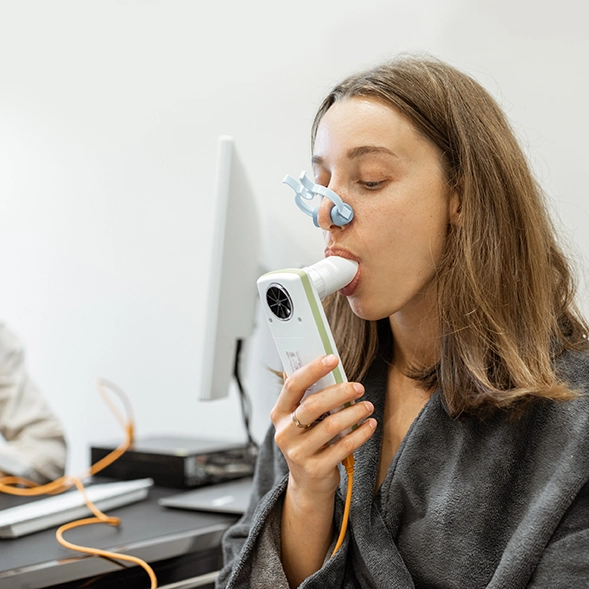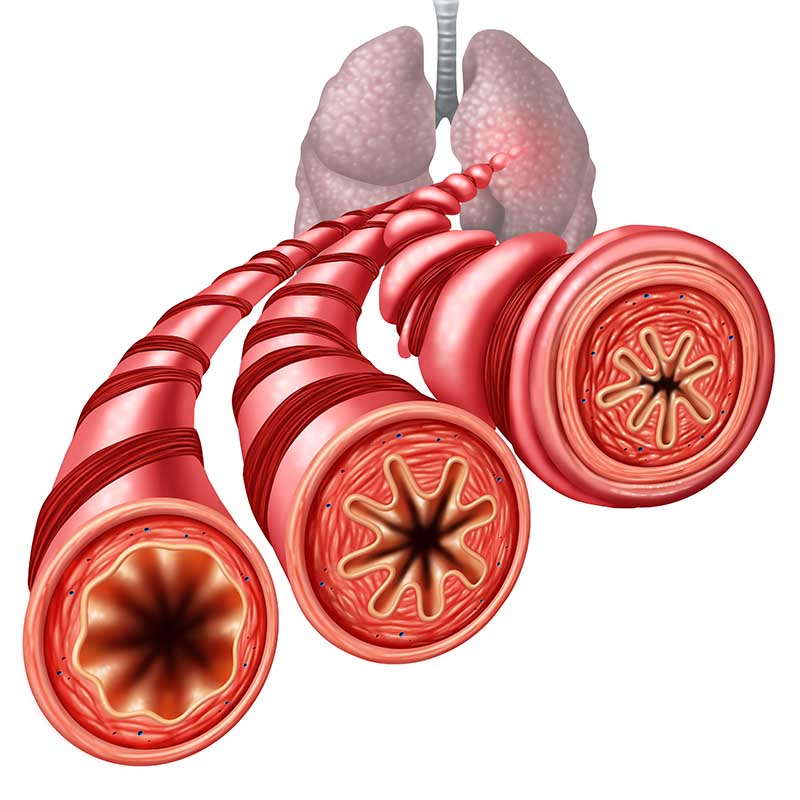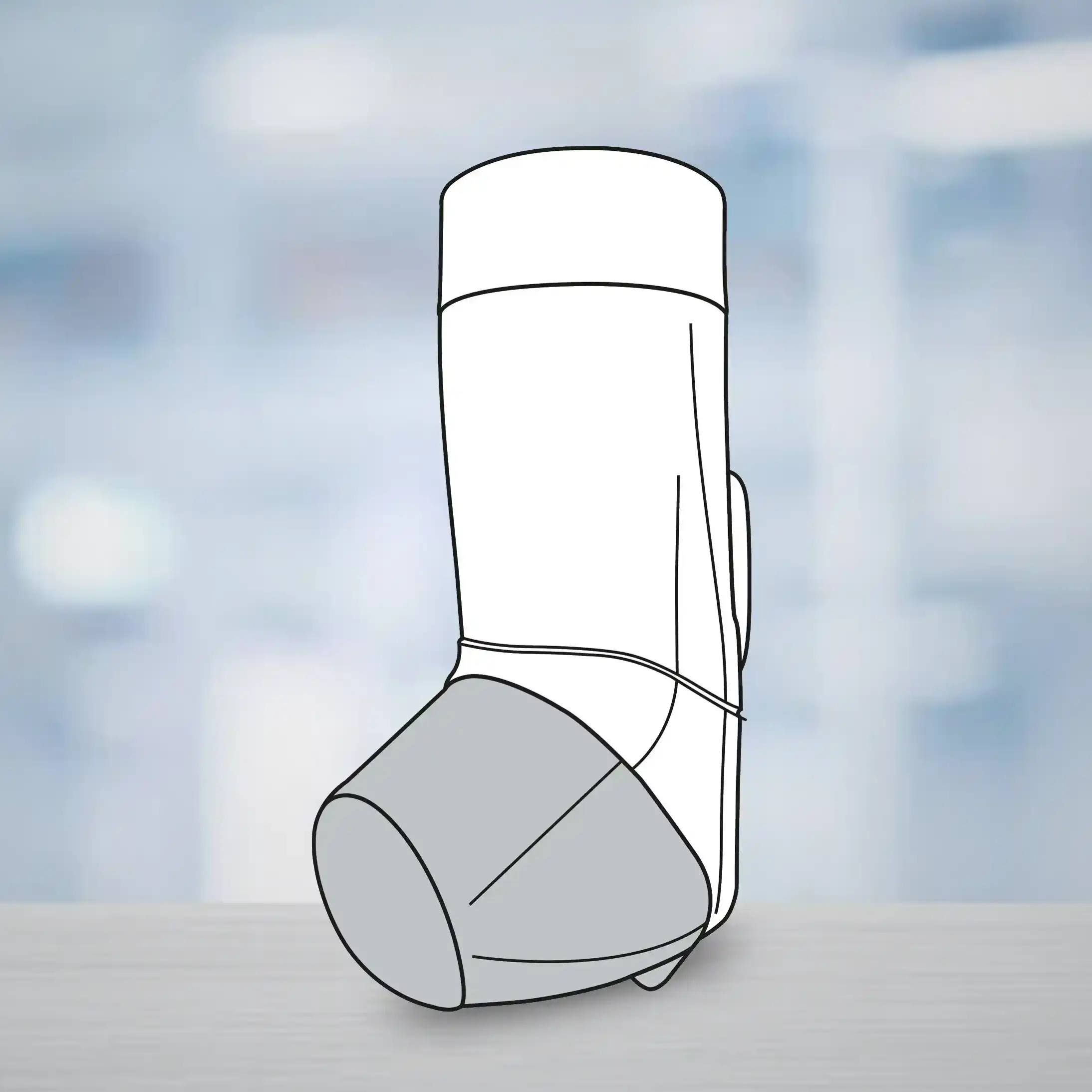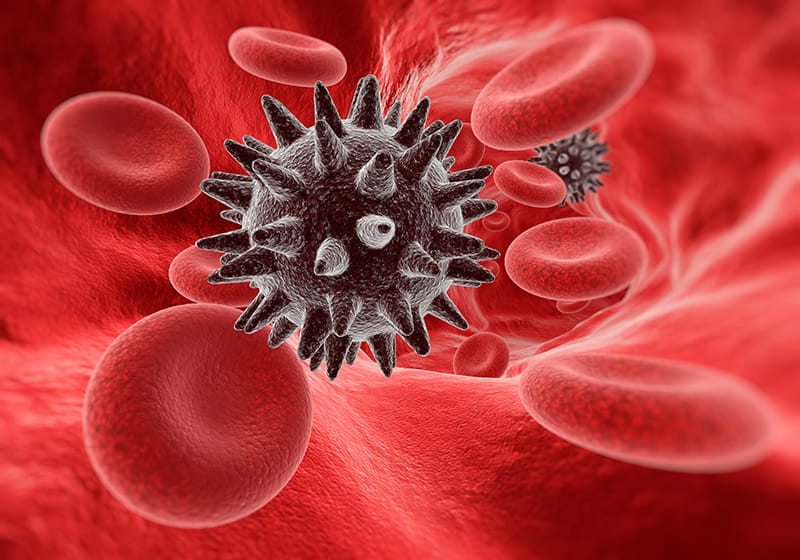Introduction
Cervical shortening, especially between 14 and 28 weeks of gestation is associated with increased risk for spontaneous preterm birth. Progesterone has been previously evaluated for prevention of pre-term birth. Vaginal progesterone provides advantage due to its high uterine bioavailability.
Aim
- To evaluate effectiveness of vaginal progesterone in preventing preterm birth in women with a singleton gestation and short cervical length
- To determine which is more effective of the two formulations: Micronized progesterone vaginal capsule vs. vaginal gel containing micronized progesterone
Method
- Systematic review and meta-analysis performed according to PRISMA guidelines
- Systematic search performed in databases: EMBASE, PubMed (MEDLINE), The Cochrane Library, and the Clinical Trials Registry
- 5 studies included: 4 multicenter randomized controlled trials and one cohort study
Patient Profile: Asymptomatic women with a shortened cervix (<25 mm) measured by ultrasound in second trimester of singleton pregnancy.
Treatment: Vaginal micronized progesterone at mid-trimester to prevent preterm birth
Fig: Patient population and treatment comparison
Endpoint: preterm birth (PTB) before week 33 of gestation
Results
- Vaginal micronized progesterone significantly reduced preterm birth risk before 33 weeks of gestation, RR = 0.63; 95% CI, 0.48–0.82; p = 0.0006; with no heterogeneity between the studies: I2 = 0%
- Indirect comparison meta-analysis: No statistically significant difference was demonstrated between the effect of two formulations of vaginal micronized progesterone (vaginal gel versus vaginal capsules) on the risk of PTB<33 weeks of gestation (OR = 0.85; 95% CI, 0.43–1.69)
Conclusion
Vaginal gel and vaginal capsule of micronized progesterone equally reduce the risk of preterm birth in women with a singleton gestation with short cervical length in the mid-trimester.
Front Pharmacol. 2023; 14: 1153013









